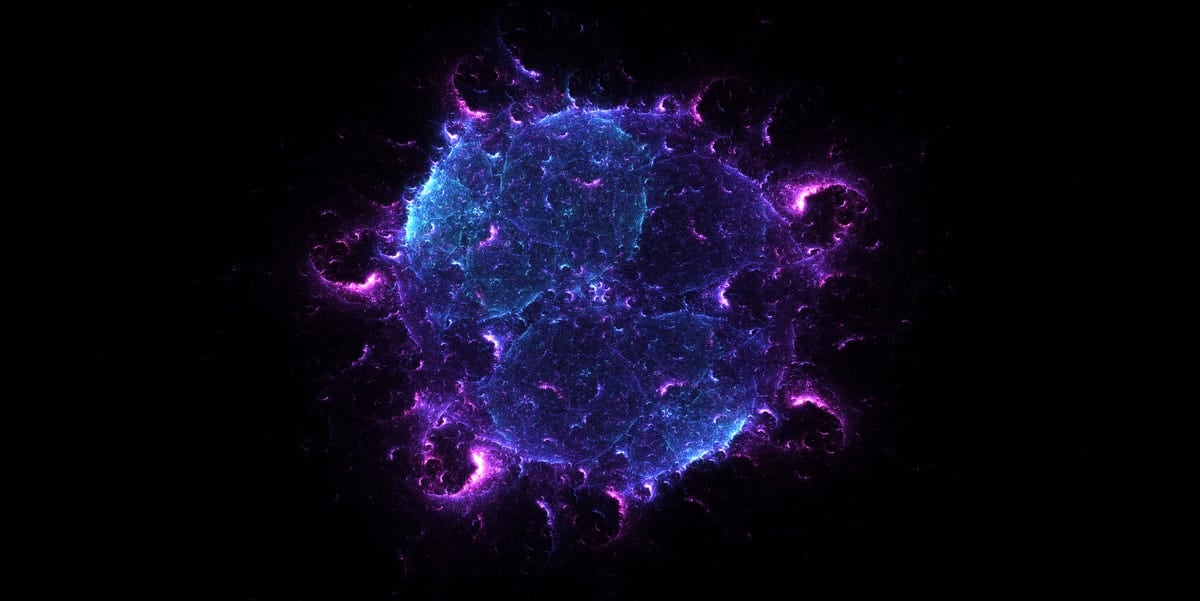- Researchers have just found evidence of “dark electrons”—electrons you can’t see using spectroscopy—in solid materials.
- By analyzing the electrons in palladium diselenide, the team was able to find states that functionally cancel each other out, blocking the electrons in those “dark states” from view.
- The scientists believe this behavior is likely to be found across many other substances as well, and could help explain why some superconductors behave in unexpected ways.
If there are indeed electrons impervious to spectroscopic analysis, and therefore to interaction with em radiation, then our model of physics is totally fucked (or, i suppose, very very incomplete).
then our model of physics is totally fucked
Aren’t we discovering that all the time? We’re just making the most of the best models we have, but we know for certain that they’re very incomplete.
They finally looked where the sun don’t shine!
destructive interference, and you get a darker signal. If the waves are perfectly ‘opposite,’ the destructive interference is at its most extreme, and you get no signal at all.
Btw, what happens with the energy in destructive interference? Heat?
That’s cool. The implication is that electron interference would prevent photons interacting with them? It makes a little sense to explain dark matter, but with the massive amounts of dark matter we observe, I doubt this is that common.
Not to mention, photons would still interact in the photonuclear way, scattering etc. it also presumes that the atoms won’t interact with anything else, causing the interference pattern to cease.


